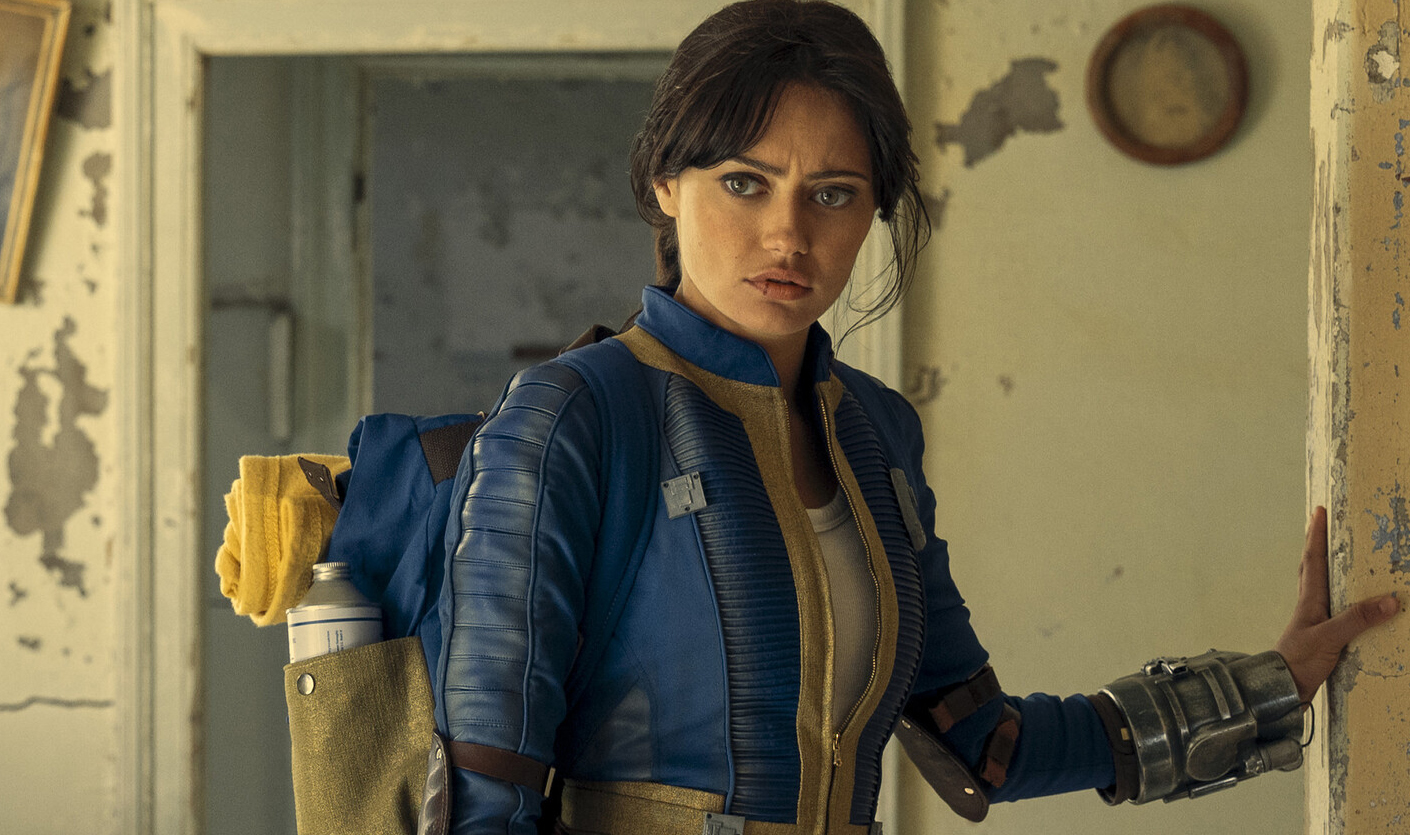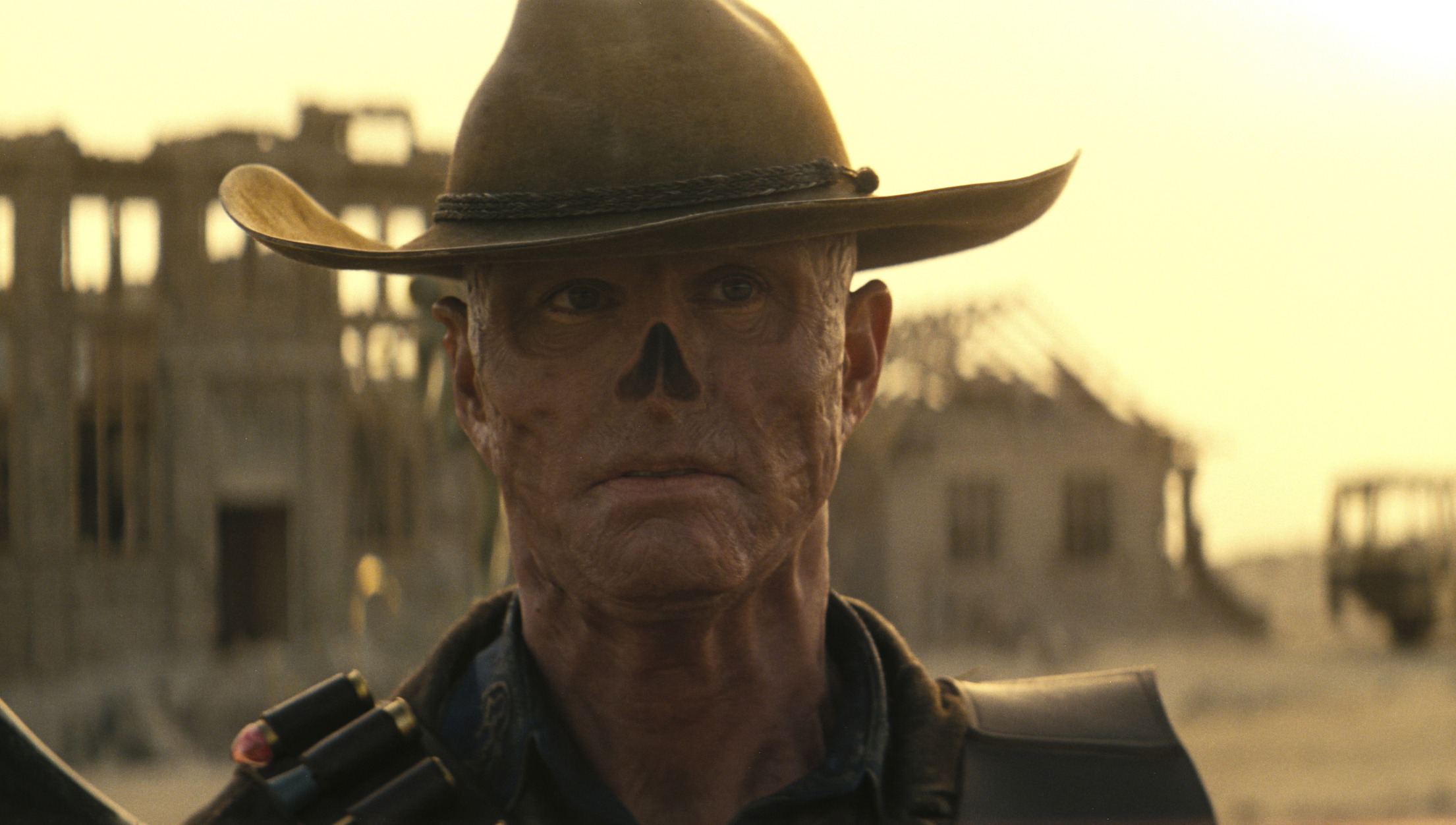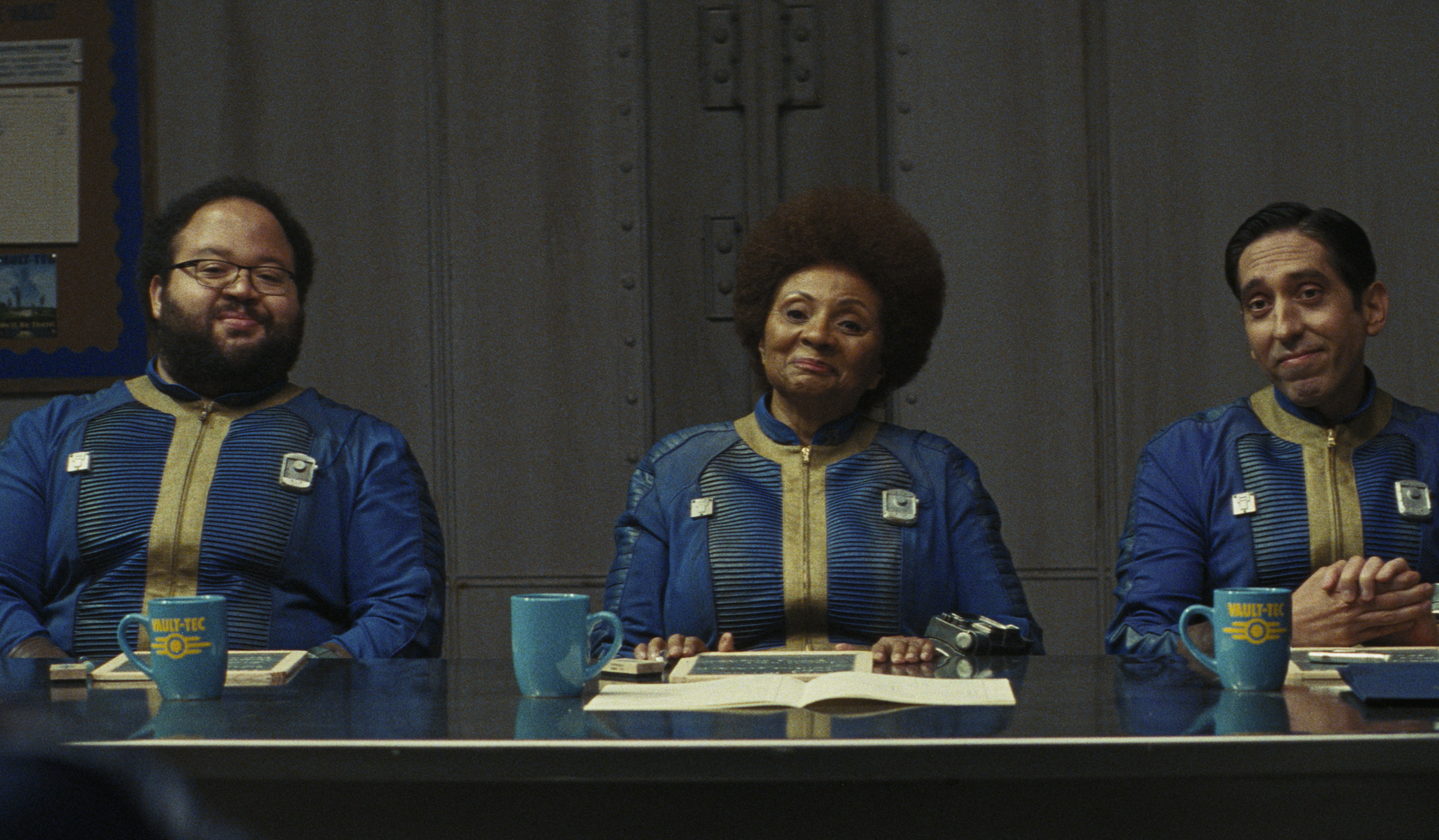Just like the games, the Fallout show works best when it ignores the main quest and gets sidetracked
In true Bethesda RPG tradition, veering away from the main objective is what's most rewarding.

I was a few episodes into Prime TV's Fallout series when I felt a familiar sensation: I was getting the urge to tap the fast-forward button on my remote. To skip ahead just a wee bit and see what happens next. I wasn't bored, exactly, and I wasn't unhappy with the show. But as I neared the midpoint of the season, Fallout was just… dragging.
It's Main Quest Fatigue, and it happens in pretty much every Bethesda RPG. If you follow the main quest like a straight line, you're missing out on the best parts of the game: the sidequests. The chance encounters. The diversions you only find if you ignore the storyline and look for something else to do.
There's not much of that in the Fallout show in the first four episodes, unfortunately: it follows the straight line of the main quest and barely deviates from it.
I've tried to stay as vague as possible, but there are some spoilers for the series storylines below.
Lucy (Ella Purnell) is an inhabitant of Vault 33, leaving it for the first time to visit the surface world—and this will sound familiar to anyone who's played Fallout 3—to find her father, who has also left the Vault. That's her main quest. Max (Aaron Moten), a Brotherhood of Steel squire, and the Ghoul (Walton Goggins), an ancient bounty hunter, both essentially have the same main quest—to find a valuable item that was smuggled out of an Enclave bunker, though they're each after it for different reasons.
As it happens, the quest for the thing that Max and the Ghoul are after lines up neatly with Lucy's search for her father, so for the first four episodes these three characters are on the same path, and that path is pretty much a straight line: Get The Thing.

That's where things start to drag. After Lucy leaves the Vault, Max tries out his power armor, and the Ghoul has a shootout (they've successfully completed their tutorials, in other words) they all meet for the first time in the ramshackle town of Filly. After a skirmish they wind up traveling separately for a while, but they're all still following the same quest arrow so they eventually link up again a couple episodes later. Since this is Fallout, a world without mounts or vehicles (apart from an occasional Vertibird) there's a lot of walking and talking and not much else.
The biggest gaming news, reviews and hardware deals
Keep up to date with the most important stories and the best deals, as picked by the PC Gamer team.
I don't blame the characters for sticking to the main quest. "Get The Thing" is a tempting mission, especially when you don't know what the thing is or what it does, exactly. Plus, with everyone chasing The Thing, The Thing takes on even more significance. It can be hard to tear yourself away from The Thing to do other stuff.
But like I said, it gets to be a drag, especially knowing what I know about the world of Fallout: there's fun, weird stuff out there to find if you stop following the quest arrow. As illogical as it may feel for someone on an important mission to go check out a ruined little town or poke through an abandoned building, that's where all the good stuff is lurking. I for one have often ignored main quests like "Close the Oblivion Gates" in favor of "Help this random lady with her rat problem."

So I'm thankful that in the second half of the series, the main quest arrow gets put on the back burner. Lucy and Max wind up in desperate situations pushing them away from the main quest, and better yet, start adventuring together and having more random encounters. (That's something else the show was missing for the first handful of episodes: these two great actors sharing screen time, and once Ella Purnell and Aaron Moten are together the series and its stories get a lot better.)
[Fallout's pre-war scenes] are so much better than a slow trudge through the post-apocalyptic desert.
Plus, the Ghoul's quest is also almost entirely sidelined in favor of showing his life as Cooper Howard before the bombs drop, and we get a ton of pre-war scenes that are so much better than a slow trudge through the post-apocalyptic desert—plus they contribute heavily to Fallout lore.
Better yet, in the second half of the season a fourth character is revealed to have a major part in the story. A Vault dweller who helped Lucy escape is still living inside Vault 33 and is determined to discover exactly what is going on in the Vault amidst an election for a new overseer. There's even more Vault goodness in the series as yet another Vault is discovered with its own weird mysteries to solve—an excellent side-quest to give everyone a break from endless search for The Thing.
After a bit of a drag through the first half of Fallout, the second half of the series really takes off. There's loads of fascinating pre-war scenes, tons of weird and intriguing Vault stuff, characters having more encounters off the beaten path, and plenty of new lore to mull over. I definitely wasn't trying to fast-forward through the last four episodes: instead, I was wishing they lasted longer.

Chris started playing PC games in the 1980s, started writing about them in the early 2000s, and (finally) started getting paid to write about them in the late 2000s. Following a few years as a regular freelancer, PC Gamer hired him in 2014, probably so he'd stop emailing them asking for more work. Chris has a love-hate relationship with survival games and an unhealthy fascination with the inner lives of NPCs. He's also a fan of offbeat simulation games, mods, and ignoring storylines in RPGs so he can make up his own.

